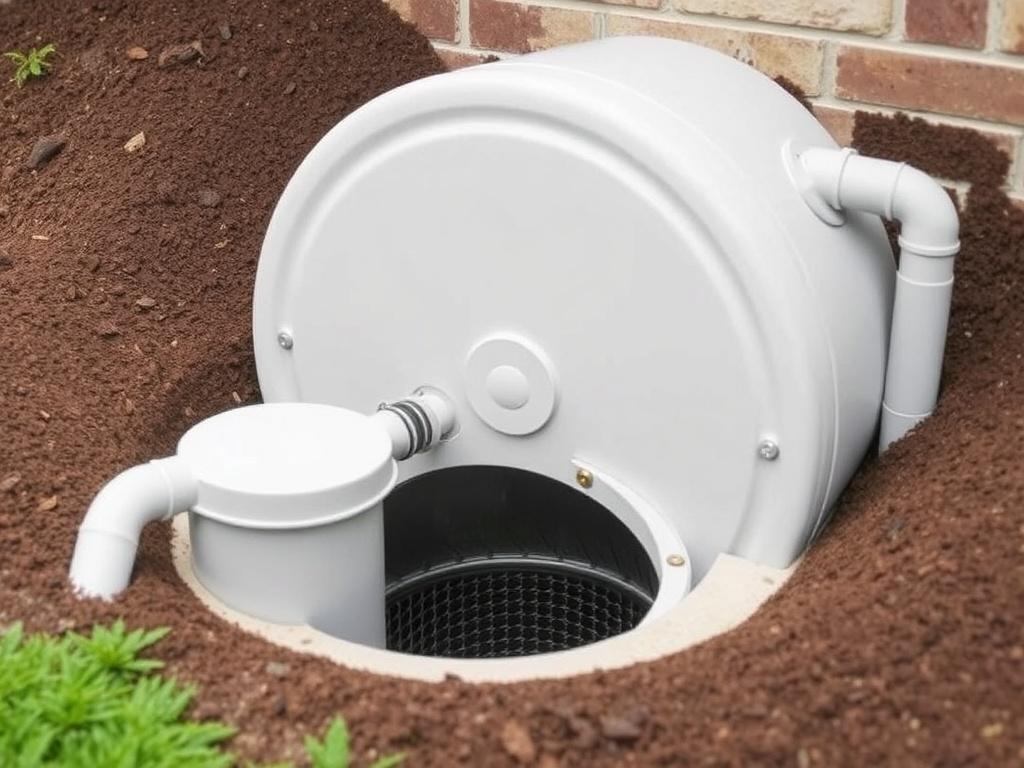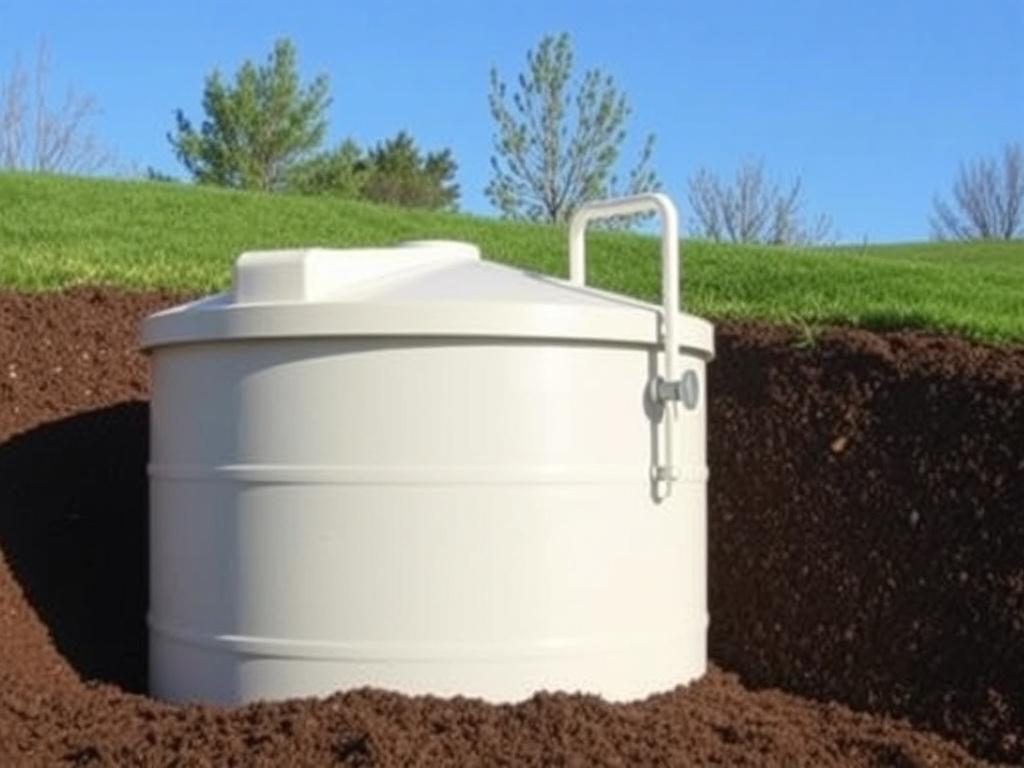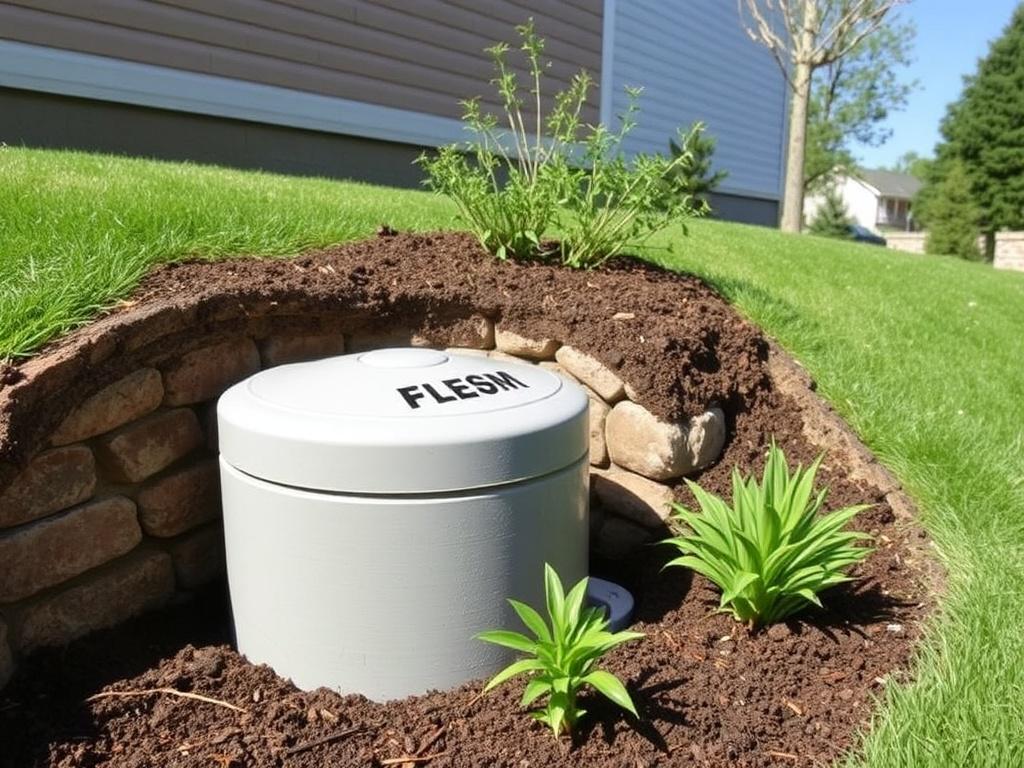When it comes to managing wastewater on properties that don’t have access to a municipal sewer system, installing a septic tank is often the go-to solution. Whether you are a homeowner looking to build a new house in a rural area or a property developer considering eco-friendly waste management options, understanding the septic tank installation process is crucial. This article will walk you through everything you need to know about septic tank installation—from choosing the right system and preparing the site to maintenance tips that keep your system running smoothly for years.
- Understanding Septic Tank Systems
- Key Components of a Septic Tank System
- Why Proper Septic Tank Installation Matters
- Step-by-Step Guide to Septic Tank Installation
- Step 1: Site Evaluation and Soil Testing
- Step 2: Design and Planning
- Step 3: Applying for Permits
- Step 4: Excavation and Tank Installation
- Step 5: Drain Field Installation
- Step 6: System Inspection and Backfill
- Choosing the Right Septic Tank for Your Property
- Common Septic Tank Installation Mistakes to Avoid
- Maintaining Your Septic Tank After Installation
- Regular Pumping
- Water Efficiency
- Avoiding Harmful Chemicals
- Drain Field Care
- How Much Does Septic Tank Installation Cost?
- Environmental Impact and Benefits of Septic System Installation
- Summary Table: Pros and Cons of Septic Systems
- Finding a Qualified Septic Tank Installer
- Common Questions About Septic Tank Installation
- How long does septic tank installation take?
- Can I install a septic tank myself?
- How often should I have my septic tank inspected?
- What if my soil is not suitable for a drain field?
- Innovations in Septic Tank Installation
- Conclusion
Understanding Septic Tank Systems
Before diving into the installation process, let’s start with what a septic tank system actually is and how it works. A septic system is an underground wastewater treatment structure, commonly used in areas without connection to a centralized sewer system. It uses a combination of nature and proven technology to treat household wastewater from bathrooms, kitchen drains, and laundry.
The heart of the system is the septic tank itself. Wastewater flows into the tank, where solids settle at the bottom (forming sludge), and oils and grease float on top (forming scum). The tank’s bacteria then naturally break down these solids. The remaining liquid, called effluent, flows into a drain field where it percolates into the soil, which provides final treatment by removing harmful bacteria, viruses, and nutrients.
Key Components of a Septic Tank System
- Septic tank: The main container where solids settle and decomposition occurs.
- Inlet and outlet pipes: Pipes that allow wastewater to enter and leave the tank.
- Drain field (leach field): Network of perforated pipes in gravel trenches where effluent is dispersed to the soil.
- Soil: Acts as a natural filter to treat the wastewater before it reaches groundwater.
Why Proper Septic Tank Installation Matters

Septic tank installation is not a DIY job for most homeowners because improper installation can lead to serious problems, including contamination of groundwater, unpleasant odors, system failure, and costly repairs. A properly installed septic system not only safeguards your property but also protects the environment.
Installing the septic tank correctly means taking into account factors like soil type, water table level, tank size, and drainage capabilities. Local regulations and permits also play a vital role in ensuring the installation meets safety and environmental standards.
Step-by-Step Guide to Septic Tank Installation
Let’s explore the typical process of septic tank installation. While professional installers often handle many details, knowing the steps involved helps you understand what goes into your system and ensures better communication and inspection.
Step 1: Site Evaluation and Soil Testing
A crucial step before installation is performing a site assessment. This often includes a “perc” (percolation) test, which measures the soil’s ability to absorb and treat wastewater. Different soils drain at different rates—sandy soils percolate quickly, clay soils more slowly—and this will influence the size and location of the drain field.
- Soil characteristics
- Groundwater level
- Topography of the land
- Distance from water sources and property boundaries
Step 2: Design and Planning
Based on the site evaluation, the installer will design a system tailored to your property’s needs. A professional design takes into account wastewater volume, the number of bedrooms in the house, and any local regulations. It also determines the tank capacity and drain field size.
Step 3: Applying for Permits
Before digging begins, you will likely need to obtain permits from your local health department or environmental agency. These permits confirm that your design meets local codes and ensures inspections will be conducted during installation. Permitting requirements vary widely, so it’s essential to check with local authorities early.
Step 4: Excavation and Tank Installation
Next, heavy machinery is used to dig a hole for the septic tank. The size of the hole must allow for proper positioning of the tank and pipes. Once the hole is ready, the tank—usually made of concrete, fiberglass, or polyethylene—is carefully lowered into place.
Proper leveling and secure installation are key to preventing leaks or damage. Then the inlet and outlet pipes are connected, ensuring that wastewater flows smoothly through the system.
Step 5: Drain Field Installation
The drain field involves trenching where perforated pipes will be laid on a bed of gravel or石 to help distribute the treated effluent. After the pipes are installed and covered with gravel, the trenches are topped with soil to blend into the landscape.
Step 6: System Inspection and Backfill
Before backfilling completely, inspectors may need to verify that the installation was done according to the approved design and local rules. Once cleared, the remaining backfill is added, and the surface is restored, sometimes including sod or grass.
Choosing the Right Septic Tank for Your Property
Septic tanks come in different sizes and materials. Choosing the right tank is essential for efficiency and longevity. Here’s a breakdown of common options:
| Tank Material | Advantages | Disadvantages | Typical Lifespan |
|---|---|---|---|
| Concrete | Durable, heavy so it won’t float, resistant to chemical corrosion | Can crack over time, heavy to install | 40-50 years |
| Fiberglass | Lightweight, resistant to rust and corrosion, easy to install | Can float if not properly anchored | 30-40 years |
| Polyethylene (Plastic) | Lightweight, inexpensive, resistant to cracking | Can be damaged by sunlight, susceptible to buoyancy | 20-30 years |
Size is another factor—tanks typically range from 750 gallons for small homes up to 1,500 gallons or more for larger residences. Oversizing costs more upfront, but it provides better long-term performance.
Common Septic Tank Installation Mistakes to Avoid
Even small mistakes during installation can cause significant problems later on. Here are some common pitfalls and how to avoid them:
- Ignoring soil tests: Skipping or improperly performing soil evaluations can result in drain field failure.
- Placing tank too close to water sources: This poses contamination risks and often violates codes.
- Using undersized tanks: Leads to frequent pumping and possible system overload.
- Poor pipe connections: Can cause leaks or backups.
- Insufficient backfill material: May cause tank shifting or damage.
- Failing to get proper permits and inspections: Increased chance of future fines and repairs.
Maintaining Your Septic Tank After Installation
Once the septic tank is installed, proper maintenance becomes essential to keep it functioning well. Septic systems are not “set it and forget it”; they require periodic care, including:
Regular Pumping
Most tanks need pumping every 3-5 years, depending on usage and tank size. Pumping removes accumulated sludge and scum, preventing overflow into the drain field.
Water Efficiency
Reducing water use extends the life of your septic system. Avoid overloading the tank with excess water from leaks, faulty appliances, or excessive shower times.
Avoiding Harmful Chemicals
Household chemicals, excessive antibacterial soaps, and hazardous substances can kill the bacteria that decompose sludge, harming the system’s operation.
Drain Field Care
Keep heavy vehicles and structures off the drain field to prevent soil compaction. Plant grass rather than deep-rooted trees and shrubs near the field to avoid root intrusion.
How Much Does Septic Tank Installation Cost?
The cost of septic tank installation varies widely based on location, soil type, tank size, and system complexity. In general, here’s what you might expect:
| Cost Component | Typical Price Range (USD) |
|---|---|
| Site Evaluation and Permits | $300 – $1,000 |
| Septic Tank (material dependent) | $600 – $2,500 |
| Installation Labor and Equipment | $1,500 – $5,000 |
| Drain Field Construction | $2,000 – $10,000 |
Altogether, homeowners often pay between $3,000 and $10,000 or more for a new septic system installation. While a significant investment, a properly installed septic tank is a long-term solution that can add value and sustainability to your property.
Environmental Impact and Benefits of Septic System Installation
When correctly installed and maintained, septic tanks are environmentally friendly by safely treating wastewater onsite. They help prevent sewage from polluting streams, lakes, and groundwater. Additionally, modern septic systems can be designed with innovative technology—for example, aerobic treatment units or constructed wetlands—that enhance treatment efficiency and reduce footprint.
Moreover, septic systems reduce the energy and infrastructure costs related to centralized sewage treatment plants. This makes them especially attractive for rural communities aiming for sustainability.
Summary Table: Pros and Cons of Septic Systems
| Pros | Cons |
|---|---|
| Cost-effective for rural properties | Requires regular maintenance |
| Environmentally responsible | Improper installation can cause pollution |
| Long lifespan with proper care | Limited lifespan of some components |
| Self-contained system | Not suitable for all soil conditions |
Finding a Qualified Septic Tank Installer

Finding the right professional for septic tank installation can save you time, money, and headaches. Here are some tips to identify a qualified installer:
- Check for proper licensing and certifications in your state or region.
- Ask for references and examples of previous installations.
- Ensure they have experience with the type of system suitable for your property.
- Get multiple quotes and compare costs and warranties.
- Confirm they will handle permits and inspections as part of the service.
Good communication and thorough written contracts are also essential before starting the installation.
Common Questions About Septic Tank Installation

How long does septic tank installation take?
The installation typically takes 1 to 3 days, depending on the site conditions and system size. However, the planning, permitting, and evaluation process can take several weeks.
Can I install a septic tank myself?
While technically possible, DIY septic tank installation is not recommended due to the complexity, regulatory requirements, and potential environmental risks involved.
How often should I have my septic tank inspected?
Most experts recommend inspections every 1 to 3 years, especially if your tank requires pumping every 3 to 5 years.
What if my soil is not suitable for a drain field?
Alternative septic systems such as mound systems or aerobic treatment units may be required. Consult with a professional to evaluate these options.
Innovations in Septic Tank Installation
Septic systems have evolved significantly with technological advances. Newer installations might include:
- Advanced Treatment Units: These systems provide better filtration and can reduce environmental impact.
- Smart Monitoring: Certain tanks can now be equipped with sensors to notify homeowners when pumping or maintenance is required.
- Eco-friendly Materials: New tanks made from recycled or sustainable materials are becoming popular.
Staying informed about these developments can help you choose and maintain a system that fits modern needs.
Conclusion
Septic tank installation is a critical investment in your property’s infrastructure, particularly for homes and buildings in rural or off-grid areas. By understanding the components, the installation process, and the importance of professional and careful planning, you can ensure your septic system functions properly and lasts for decades. Proper maintenance, routine inspections, and being mindful of your wastewater output will protect your investment and the environment. Whether you are preparing for a new home, upgrading an old system, or simply looking to make informed decisions, knowing the ins and outs of septic tank installation empowers you to make the best choices for your property and peace of mind.
Помогла вам статья?






